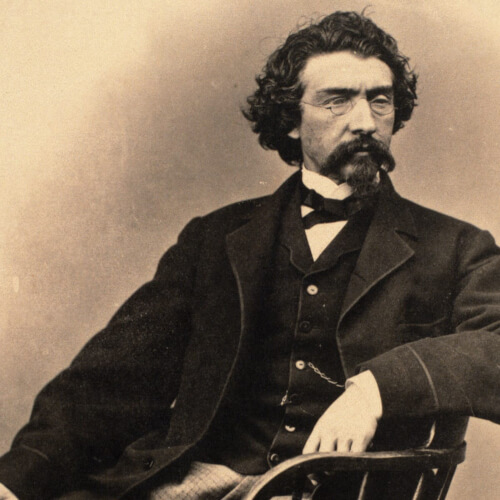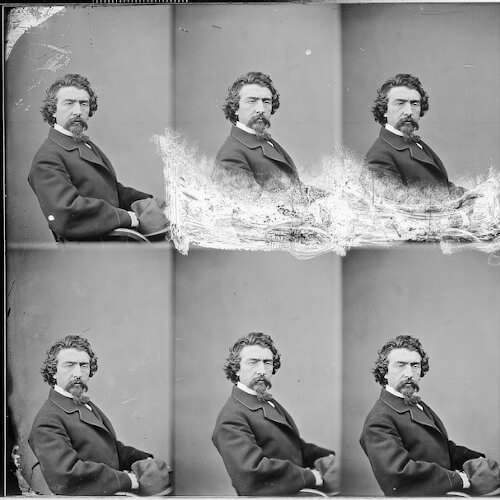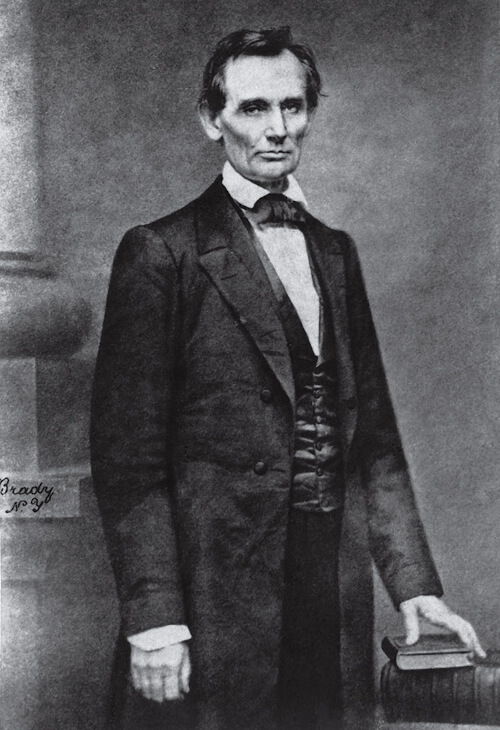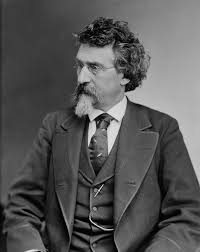Civil War Era Photography
Exploring famous photographers and camera technology of the Civil WarMathew Brady
Mathew B. Brady was a pioneer in early photography and was best known for his portraits of politicians and for his photographs of the American Civil War. Brady and his team of assistants traveled across the country to capture the war producing over 10,000 images and brought the horrors of war home.
Early Life
Mathew B. Brady was born around 1823 near Lake George, New York. He was the youngest of three children to Irish immigrant parents, Andrew and Samantha Julia Brady. Unfortunately, little is known of Brady’s early life other than he only received minimal schools. Around age 16, Brady was studying painting from William Page near Saratoga, New York and from there he traveled to New York City. It was here that Brady met Samuel F. B. Morse.
Learning the Trade
In addition to being the inventor of the telegraph, Morse was experimenting with the creation of daguerreotype images. Around 1840, Morse opened a studio and Brady became his student and quickly learned all about photography. Four years later, Brady would open his first studio in New York City and would go on to win awards for his incredible photography.
Brady’s fame quickly grew and many famous people of the time such as Edgar Allan Poe and Daniel Webster lined up to be photographed by the great Mathew Brady. In 1850 he published A Gallery of Illustrious Americans which increased his fame and notoriety. Brady also created photographs of every U.S. president from John Quincy Adams to William McKinley except for William Henry Harrison, who died only a month after his inauguration.
The Civil War
From the very first shots of the Civil War, Brady was determined to capture the historic event. In order to do this, he hired 20 assistants including Alexander Gardner and Timothy H. O’Sullivan. Initially, Brady’s studio produced cartes de visite of soldiers that could be sent home to family. Brady first sought permission from General Winfield Scott to cover the war but was turned down. He then appealed to President Lincoln who approved but stated that Brady had to finance the entire operation on his own.
Brady invested approximately $100,000 to cover the war. He purchased wagons, dark rooms, cameras, tripods, glass plates and all of the chemicals needed to produce images in the field. Brady’s first photographs of the Battle of Bull Run earned him fame and he was nearly captured. Due most likely to his deteriorating eyesight, Brady spent most of his time in Washington DC, organizing his assistants and the nearly 10,000 photographs they submitted. He did however visit Antietam, Bull Run and Gettysburg.
Later Life
Brady’s most famous exhibition from the war was entitled “The Dead at Antietam,” which featured numerous photographs of corpses on the battlefield and brought the war home to the American people in a way not previously seen. Unfortunately, Brady did not see the financial success he had hoped for from his investment in covering the War. He had purchased all of the supplies on credit in hopes that the army and the government would purchase his photographs after the war. However, the government was not interested in his images and in 1873, Brady was forced to sell his New York studio and declare bankruptcy. The War Department finally did purchase his negatives for $2,840 during a public auction and in 1875, Brady was awarded $25,000 by Congress but this was not enough to cover his debts. Mathew Brady died penniless and alone in a charity ward in 1896.
Interesting Info
Daguerreotypes
The first successful type of photography was discovered in 1839 by Louis-Jaques-Mande Daguerre. A daguerreotype is created when a copper plate is coated with a silver iodide mixture and then exposed to light in a camera. The final image would be formed by fuming the plate with a mercury vapor and then placed in a solution of salt and water.
Ambrotypes
The ambrotype was invented by James Ambrose Cutting in 1854 replaced the daguerreotype. An ambrotype was created when a clean glass plate was coated with an iodized collodion and then dipped in a solution of silver nitrate. The plate was placed in the camera while still wet and exposed to light. The length of exposure time varied but the exposed plate was then developed and fixed. This type of photography created a positive image on the glass. Next a dark background is put in place behind the image so that all of the highlights, shadows, and details in the positive image can be revealed.
Tintypes
Tintypes, also known as ferrotypes or melainotypes, were invented in the 1850s and replaced the ambrotype. Similar to an ambrotype, tintypes were created when a thin sheet of iron was coated with a dark enamel or collodion and then exposed to light in a camera and produced a positive image. Due to the nature of the materials, a tintype could be developed and fixed and given to a customer within a few minutes after the picture was taken. Similar to the ambrotype, tintypes were sometimes hand-colored and placed in cases or frames, however because they were more durable, they did not require a case.
Wet Plate Collodion
In the wet plate or collodion process, was developed by Frederick Archer in 1851. This photography method involves adding a collodion solution of cellulose nitrate to a glass plate. This plate is then immersed in a solution of silver nitrate in order to form silver iodide. All of this was done in a dark room. The wet plate was then placed in a container and carried to the camera and exposed to create the image. The plate was then placed back in the container and taken back to the darkroom for development. To develop the image, the plate was covered with a pyrogallic acid solution and then fixed with a solution made of sodium thiosulfate. All of this was done quickly because the collodion had to remain wet. Once the photograph was developed, it could then produce prints from the glass negative.
Learn More
Videos
Vocabulary
Ambrotypes:A glass negative backed with black material. Painted in 1854, the ambroype was constructed, boxed and sold in portait studios. Cheaper price then daguerreo had been.
Carte de Viste:Otherwise known as CDV, which is a photographic calling card. Began in France in the 1840’s. The process involved a special camera that took eight shot poses and one negative.
Cabinet Cards:About thirty years after CDV’s were invented, the newest form of photography in the 1870’s was replaced by large Cabinet Cards. This used a similar photographic process but relied on a bigger printing area.
Daguerreotypes:Founded in 1839 by Samuel Morse, an artist.
Tintypes:Otherwise known as the Ferrotype process. Introduced to the US in 1855. The process substituted an iron plate for glass, and was therefore cheaper than ambrotype. Works of art were often trimmed at corners and sides.
Wet-plate photography:




